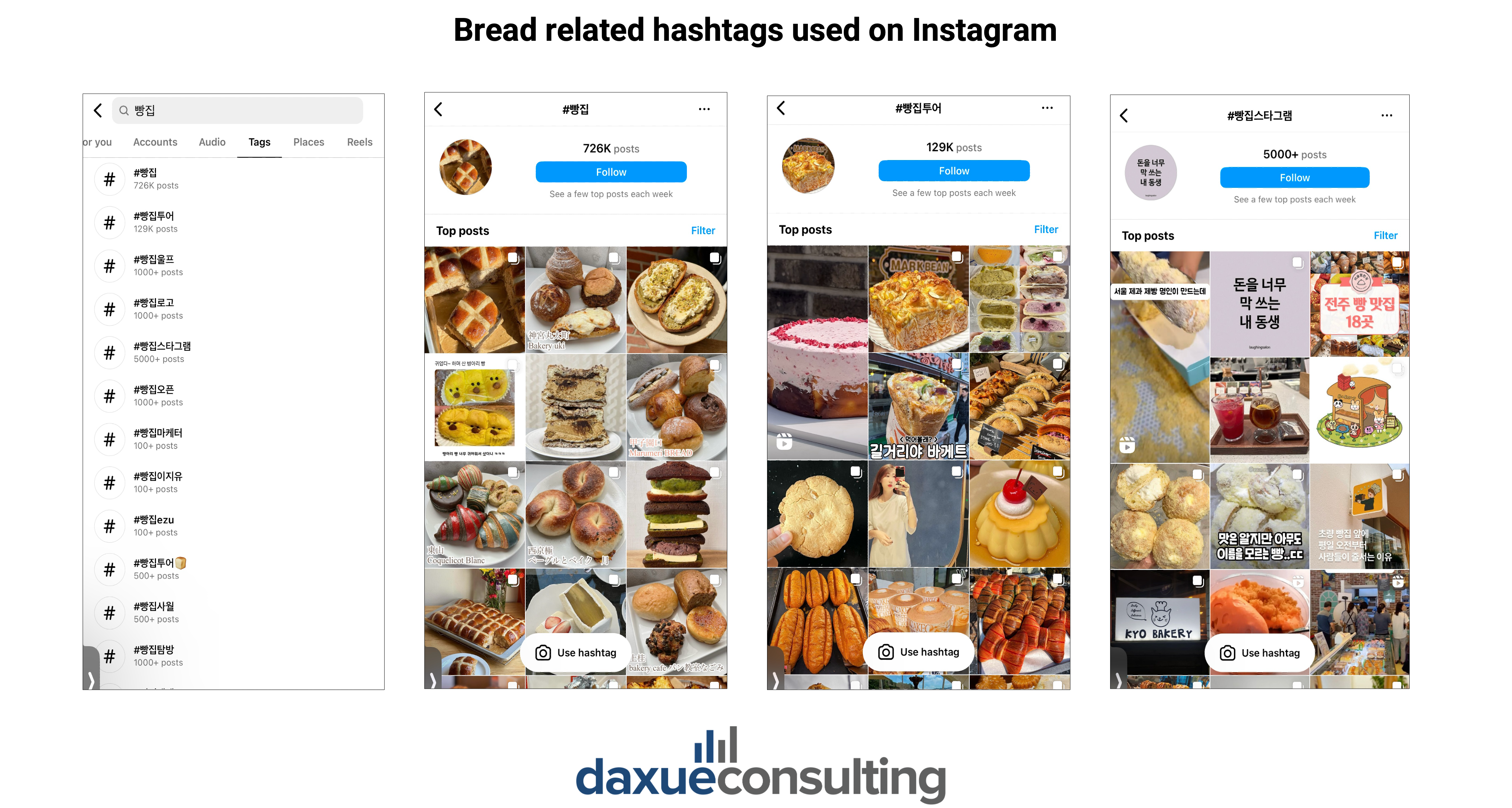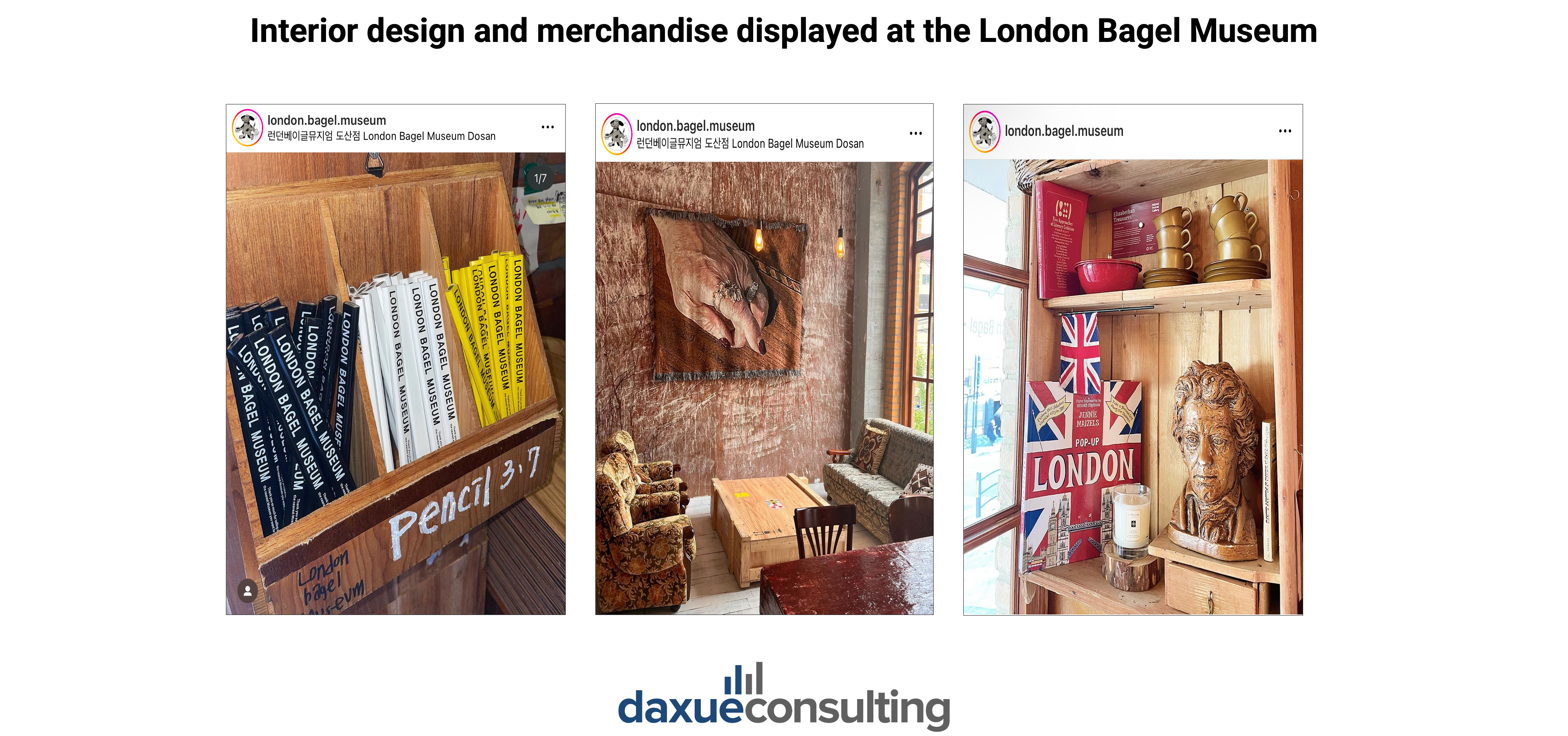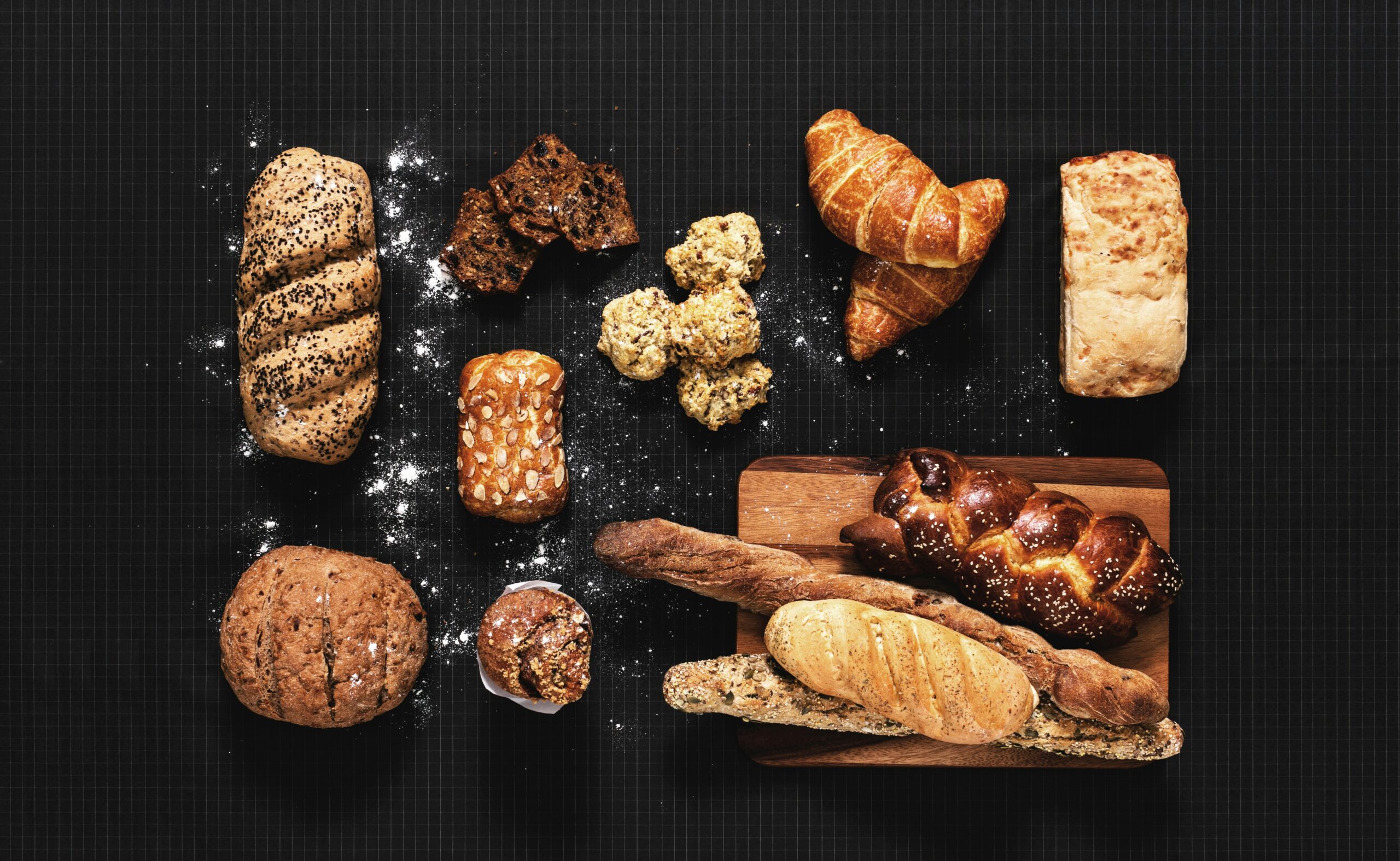Rice has traditionally been a staple in Korean cuisine for centuries. However, in recent years, there has been a significant shift in consuming bread, reflecting changing dietary preferences and lifestyle trends. This shift has led to the emergence of a vibrant bread market in South Korea, alongside the rice market.
Read our Korea’s MZ Generation report

Bread market segmentation in South Korea
The bread market in South Korea is largely categorized into two main types: mass-produced bread and bakery products. Mass-produced bread is made in large quantities at factories, packaged, and distributed through retail channels including convenience stores. Bakery products, on the other hand, are made directly or from frozen dough supplied by franchise headquarters and prepared in-store. This includes bread sold at well-known franchise bakeries such as Paris Baguette or Tous les Jours, as well as local bakeries.
Bread is shifting to a staple morning meal option among Koreans
The perception and preferred method of consuming “bread” differ significantly between Europeans and Koreans. Unlike people in Europe who consider bread as a staple food, Koreans consider bread as a type of snack. They prefer breads with soft texture, sweet cream, and springiness, which are high in fat and sugar. This differs from many traditional European breads featuring a tough crust and dry, salty interior with flour, salt, and water as the main components. However, Koreans have also slowly been adopting bread as a staple morning meal. They are replacing traditional breakfast options with them due to their busy schedules and preference for a Western lifestyle. Additionally, more Koreans are incorporating bread into other meals throughout the day.
The rise of bread culture: Exploring bakery trends among South Korea’s funsumers
With the rise of “funsumers“, particularly among the MZ Generation, there has been a surge in the popularity of bread. Searching for different bakery stores and sharing their reviews on social media platforms such as Naver Blog, Naver Cafe, and Instagram has been increasing.
On Instagram, trending hashtags related to bread include bbangchip (빵집), bbangchiptour (빵집투어), and bbangchipsitagirem (빵집스타그램), which literally translate to “bread house,” “bread tour,” and “breadstagram”. These hashtags highlight how Koreans consider searching for bakery stores like a fun journey and an Instagram worthy experience.

In addition to Instagram, Naver Cafe is a platform where users discuss about bread stores in Korea. Bbbangsodam (빵소담), first opened in 2012, is one of the famous Naver Cafe pages where members frequently share reviews of bread and bakery stores they have visited, as well as updates on the bread market in South Korea. The page features sections for users to recommend stores, highlight popular hashtags from reviews, connect with others to share their bread experiences, and even suggest stores that should be avoided.
From macarons to bagels: South Koreans are moving towards healthy bread options
Foods South Korea are characterized by their rapid and frequent changes. Each product experiences its moment of fame. In 2018, macarons surged in popularity in Korea, becoming the top choice among young people and couples, aligning with the trend of seeking “small but certain happiness” (소확행) in daily life. Unlike traditional French macarons, Korean macarons are notably larger. They are often three to four times the size, and are known as ttungkaron (뚱카롱), or fat macarons. This larger size made them especially appealing to social media users, becoming more about Instagram-worthy photos than just consumption.
However, since the emergence of the “healthy pleasure” trend in 2023, the bagel market has seen remarkable growth. According to the Yogiyo Portal, search volumes increased by 51% and orders by 176% in 2013. Bagels are known for their simplicity and healthiness, making them a popular choice. They’re versatile, allowing for nutritious toppings like olives and avocados to suit individual preferences. Additionally, with the rising number of vegetarians in South Korea, bagels have gained popularity due to their status as plain bread, manufactured without the addition of eggs, milk, or butter.
The rise of London Bagel Museum
The rise of bagels has led to the expansion of numerous stores like the London Bagel Museum. This store gained popularity to the extent that enormous queues form outside the store. First opened in 2021 in Anguk, it quickly gained popularity in various online communities, with further franchises opening in Dosan, Jamsil, and Jeju. Operating hours vary, with Anguk, Dosan, and Jeju stores opening from 8:00 a.m. to 6:00 p.m. and Jamsil from 10:30 a.m. to 10:00 p.m., with an average waiting time of two to three hours to enter the store.
Growing interest in London Bagel Museum: taste or trend driven?
Similar to many restaurants, cafes, and stores in Seoul that pay ultimate attention to their interior setup, the London Bagel Museum dedicates efforts to enhance the in-store experience for visitors. It features a British-themed interior design with portraits of British royalty displayed throughout and souvenir merchandise available at the counter. However, the store does not precisely replicate a typical London bagel shop. Instead, it offers what Koreans would perceive as a London-style bagel experience. Despite this, the store has gained significant popularity, demonstrating that while taste matters, following trends may be even more crucial and often influenced by the allure of novelty and the fear of missing out.

Beyond the hype: A food critic’s take and user experiences
A famous food critic, Lee Yong-jae, who waited for three hours to get into the store, shared his opinion on the Food Talk session on the CUL;PI YouTube channel. He said that “The London Bagel Museum lacks a true connection to London, differing from traditional bagel shops in ambiance. The trend seems driven by FOMO, or Fear of Missing Out, with people seeking Instagram-worthy experiences rather than genuine taste. This underscores the influence of trends over culinary preferences.” The video garnered 115K views within four months, with many users agreeing with his perspective.
Moreover, an online user 꼬*쓰 commented, “I agree with this video. It was my first time eating at the London Bagel Museum, and it was too soft, so I didn’t like it. It’s not the bagel I thought it would be. I think Costco bagels are also delicious” and another user 표*곰 commented that “the London Bagel Museum is a brand that places tremendous emphasis on concept and marketing rather than taste itself”.

Insights into the bread market in South Korea: Evolving preferences and marketing dynamics
- The bread market in South Korea is divided into mass-produced bread and bakery products, each with distinct manufacturing and sales approaches.
- Koreans prefer soft texture breads with sweet fillings, often considering bread as a snack rather than a staple food. However, an increasing number of people are now incorporating it into their meals.
- The “healthy pleasure” trend has spurred growth in the bagel market. Bagels in South Korea are perceived as a healthier alternative to traditional bread.
- The success of the London Bagel Museum highlights that while the taste of their bread is important, the overall concept may have a greater influence.






